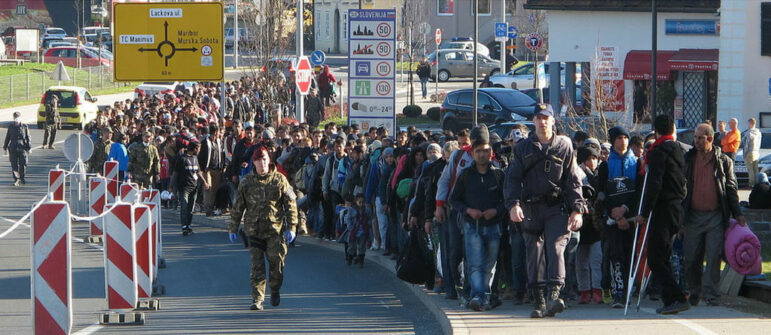

Migration Reporting: Sources, Guidelines, Contests
With an estimated 257 million migrants in the world, migration has emerged as one of the most contentious national and international issues.
GIJN has gathered resources on this topic, including:
- Useful sources of factual information
- Reporting guidelines and media criticism
- Information on journalism prizes (and the winners) concerning migration
- Examples of recent and varied stories
See also GIJN’s resource page on human trafficking.
And a GIJN guide to reporting on human trafficking in the Arab Gulf states.









